
A lot has been said about The Last of Us as a series since Part 2 released, and while I won’t get into the unwarranted controversy that game drew, I will say that, without a doubt, TLOU: Part 2 was one of the best-looking games of last generation. A few years have passed, and the drama had finally died down – until The Last of Us: Part 1 was announced, a current gen remake of the original PS3 game, which itself had been remastered for the PS4, sending fans into a frenzy yet again. “Cash grab”, “unnecessary”, “pointless”, were just a few words thrown around by naysayers, while others were legitimately excited for a remake, hoping that some of the advances made for Part 2 would find their way to Part 1. So, which side was correct? Well, it’s a little of both.
Let me say that I am a huge fan of The Last of Us. The original blew me away when it was released and I completed the campaign more times than I can count, eventually obtaining the Platinum trophy after a grueling Grounded playthrough. Years later I became obsessed again with the remaster, this time focusing more on the overwhelmingly tense multiplayer rather than the campaign, although I did run through the campaign a few times just to experience the resoundingly well-written story once again. Sure, with a few years between playthroughs my rose-colored glasses had faded a bit and I was able to accept that there were a few flaws, namely in movement and combat, but even then, I still respected the game for the sheer experience I had unveiling the story for the first time.

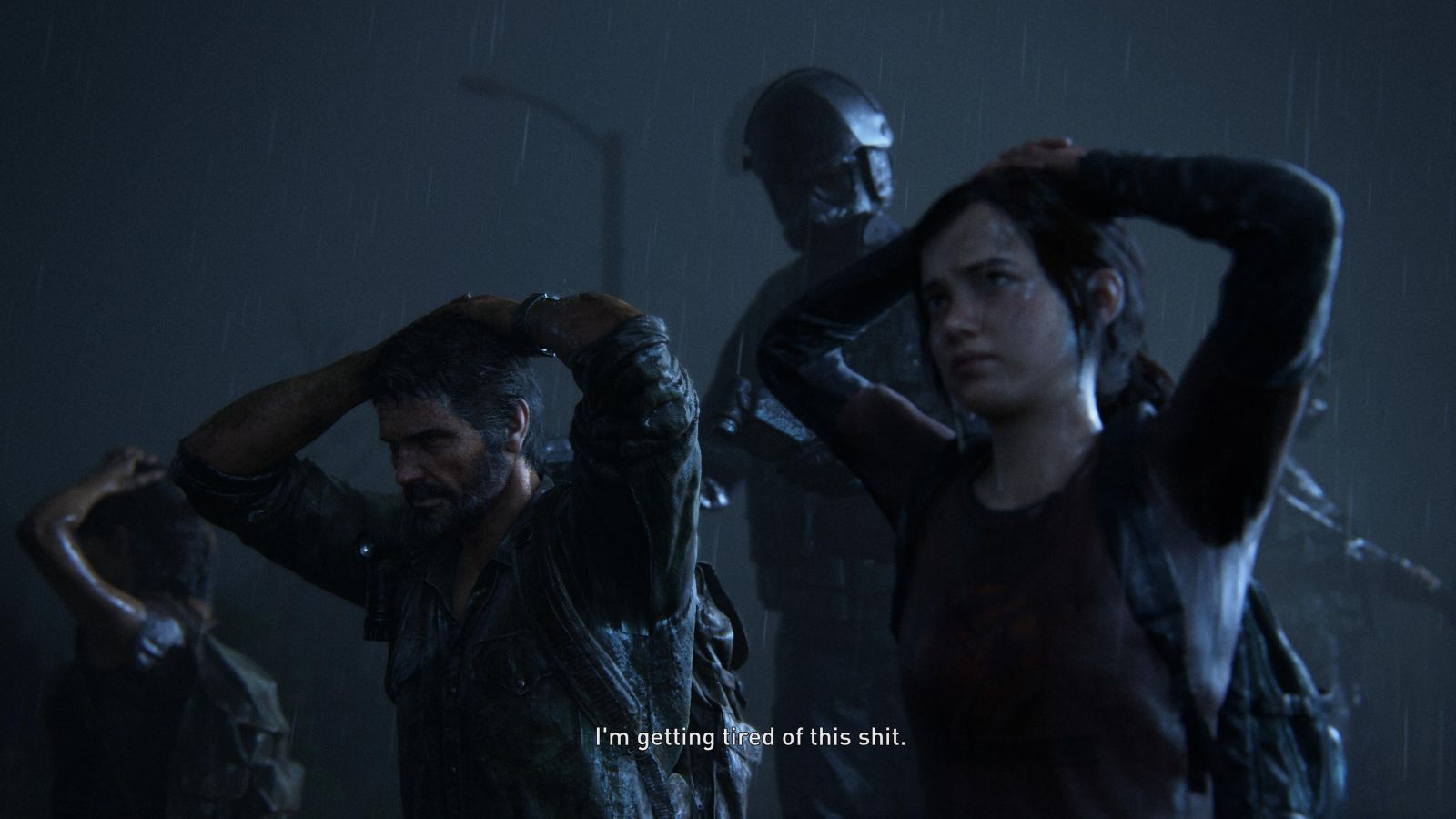
Now a few more years have passed, along with a sequel that many fans have a very strange love/hate relationship with. Gripes about the story aside – Part 2 was nearly universally praised for its upgraded combat mechanics, AI, graphics, and level structure. Fans had high hopes that the updates implemented in Part 2 would make their way into the Part 1 Remake, but unfortunately, that isn’t quite the case.
For those unaware, The Last of Us is set twenty years after a major virus outbreak, where many humans have either died or been infected with a fungal mutation which turns them into zombie-type creatures. The core gameplay revolves around survival, with players taking the role of Joel as he escorts Ellie, a 14-year-old girl, to meet up with the Fireflies, a militia set on overthrowing government rule and bringing power back to the people. As Joel you must scavenge to find items to craft weapons, upgrade your arsenal, and to have enough ammo for a fighting chance at survival all while taking down the infected and the humans you encounter along your journey. The Last of Us is a well-made game, with tense combat, fantastic dialogue – especially between Joel and Ellie as they get to know each other – and a 12-to-15-hour campaign. This release also contains fully remade DLC content in the form of Left Behind, which tells Ellie’s story before she met Joel and fills in a spot in the main narrative that was previously missing.
While a technical marvel and incredibly impressive graphically, The Last of Us: Part 1 Remake plays much the same as it always has. The world, animations, and character models have all been improved to match modern standards and as such, this is easily one of the more impressive looking games on the PS5. But where fans clamored for improvements, few were implemented – aside from significantly improved AI. Enemies are now far more threatening, actively communicating with each other to flank and outwit Joel. I was constantly impressed watching the enemies’ reactions as they faced off with me. They would shout out where I was located, sneak around corners, and even peek around corners to catch a glimpse of my location, then work together to take me down. This led to far more tense and entertaining encounters than on previous releases. Thankfully, enemies aren’t the only ones who got AI improvements, as your teammates now provide better help during fights and are much better at hiding from enemies.
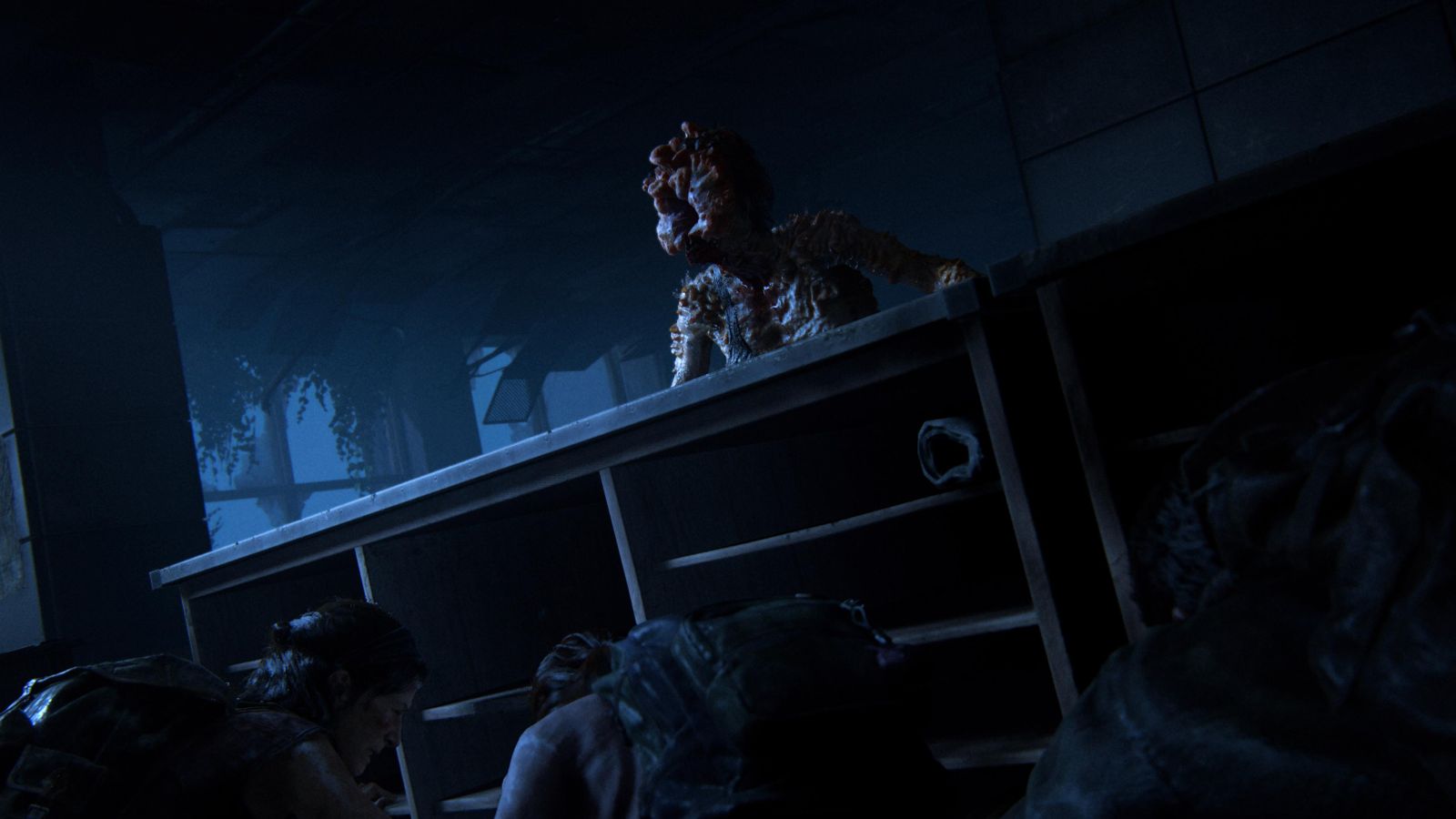

One of the most significant additions to this release is the slew of accessibility options added in hopes of making Part 1 playable for more people than ever before, and those alone may make this release worthwhile. But for someone who already has experienced The Last of Us on one, or even two previous console generations, the graphics, AI, and technical upgrades may not be enough to warrant a purchase.
Naturally, this put me at a crossroads when it came to this review. As a huge fan of the series, I want nothing more than for players to experience the story – but as someone who has purchased the game twice before, I wouldn’t be comfortable purchasing it for a third time as it stands. On its own merits, The Last of Us is what I would consider essential playing for most gamers, and as such this is the best version of the core game available and absolutely worth taking for a spin if you are new to the series, but then there is the fact that this release contains less content than the previous remaster, as it is noticeably missing the multiplayer and multiplayer related DLC. So, do you prefer a well-made single player campaign with upgraded graphics compared to previous gen releases, and if so, are you willing to forgo the multiplayer component? If the answer to either of those questions is “yes”, then this is the version to pick up. If that answer is no, then this is not the release for you. As it stands, I recognize that this release is a significant upgrade in both graphical terms and AI and those two elements being improved may be enough to satisfy many gamers, I am just not one of them.
I previously mentioned the accessibility options, and to say that what’s available is impressive is an understatement. There is a near endless choice of accessibility tech to choose from, including pre-set modes dedicated to providing the best possible experience for those with vision, hearing, or motor accessibility issues. Of course, despite what mode you choose, you can still further tweak the settings to suit the exact playstyle you require. Among these accessibility options are auto pick up, the ability to skip puzzles, navigation and traversal assistance, awareness indicators, cinematic descriptions, enhanced listen mode, lock on aim, auto weapon swap, ledge guard, infinite breath, help with melee combos, the ability to turn off weapon sway, combat vibration cues, invisibility toggle, and more.
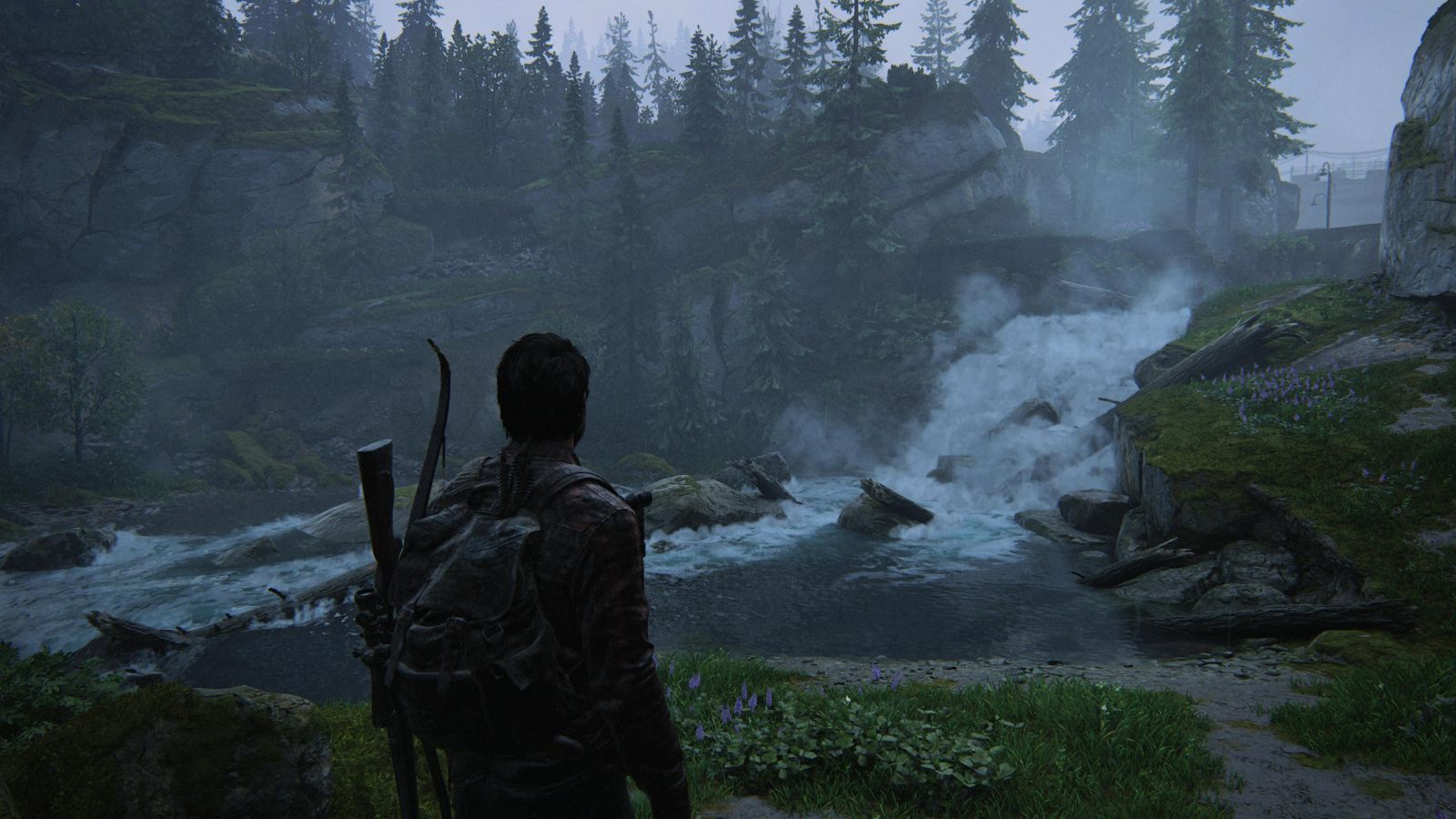

Like in previous releases, this version also contains a host of system settings to toggle, along with unlockable customization options, special features, and modifiers. Immediately upon launching the game for the first time you’ll be greeted by an option screen which allows you to toggle screen reader, which enables narration of on-screen text, and you can fiddle with the text and speech language settings. From there you are offered two modes: Performance and Fidelity. Performance mode provides balanced resolution and framerate, which – depending on video output system settings – offers either Dynamic 4K or 1440p with 60Hz shooting for a target of 60 fps, while Fidelity mode favors resolution over frame rate and targets 30 fps with 4K and 30Hz. While figuring out which mode is for you the game displays examples of shadows, midtones, and brights to help you make an informed choice. For the record, I played in Performance mode with HDR on, and all the review pictures and gameplay videos on our YouTube came from that setting as well. I tend to gravitate toward the mode which offers the most balance between settings, in this case Performance mode, and during my 15 hours with the game I experienced no issues with frame rate or performance in any manner.
Subtitles have been given multiple options as well, allowing players to customize their size, color, background color, and whether the name of each speaker is shown. Additionally, you can toggle unique colors for each speaker to help better distinguish characters along with a choice to enable an arrow which will point in the direction of the character speaking. Audio settings include dynamic ranges which can be toggled between narrow and wider, with wider allowing for more of a volume increase between quiet and loud sounds while narrow provides less of a difference between sounds. There is also an option for mono audio which combines left and right channels.
Completing actions in-game will award you points which you can then spend to unlock items and behind-the-scenes features, some of which is locked until you complete the main campaign for the first time. There have been new cosmetics added, including clothing items which pay tribute to other major Sony titles, along with skins, a filter gallery, gameplay modifiers, concert art, and a model viewer. The behind-the-scenes features include a near two-hour long documentary detailing the creation of the game, along with another short video and four episodes of the official podcast, each about an hour long. Additionally, there is a speedrun recap which helps players better their playthrough time.
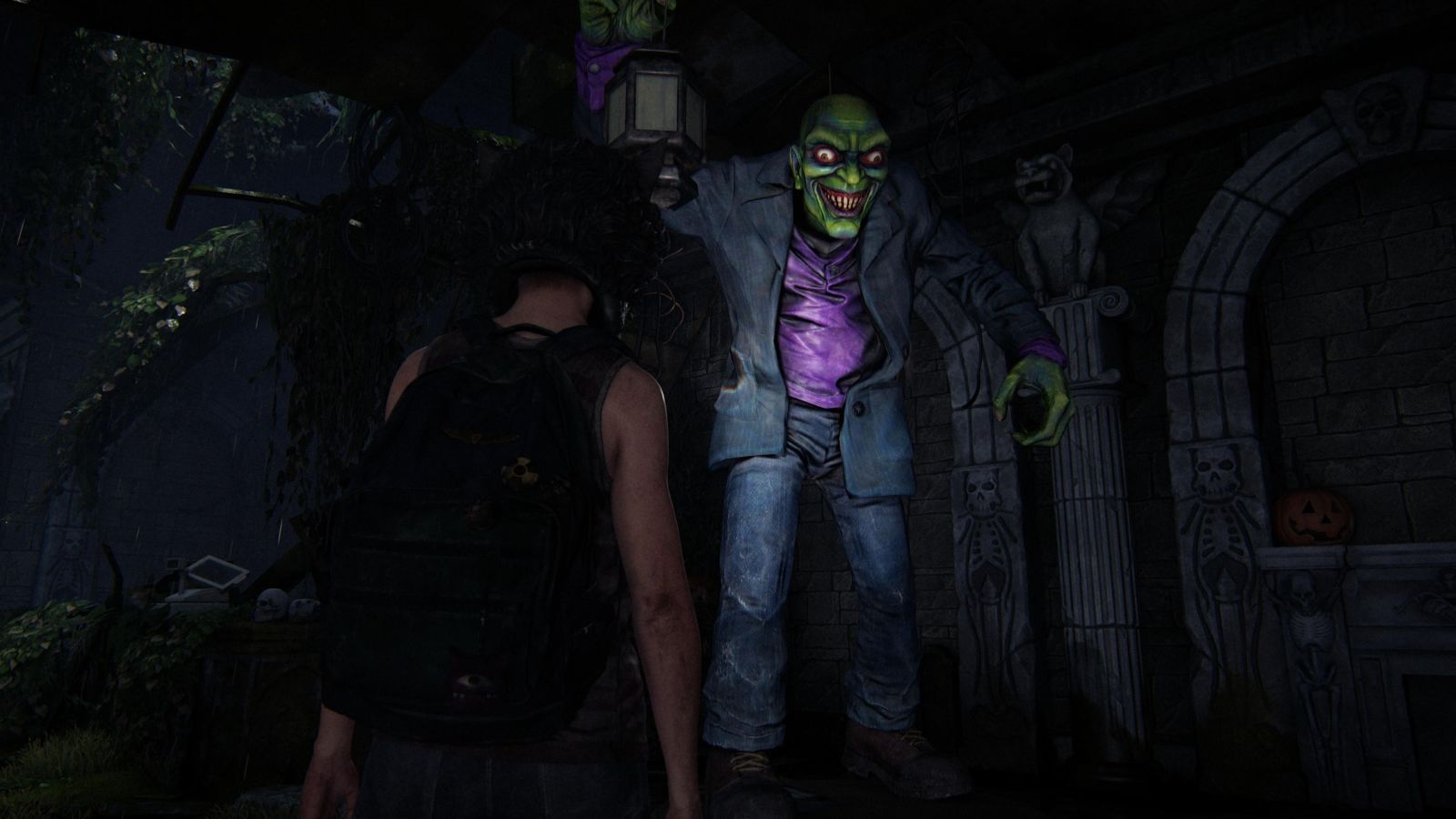
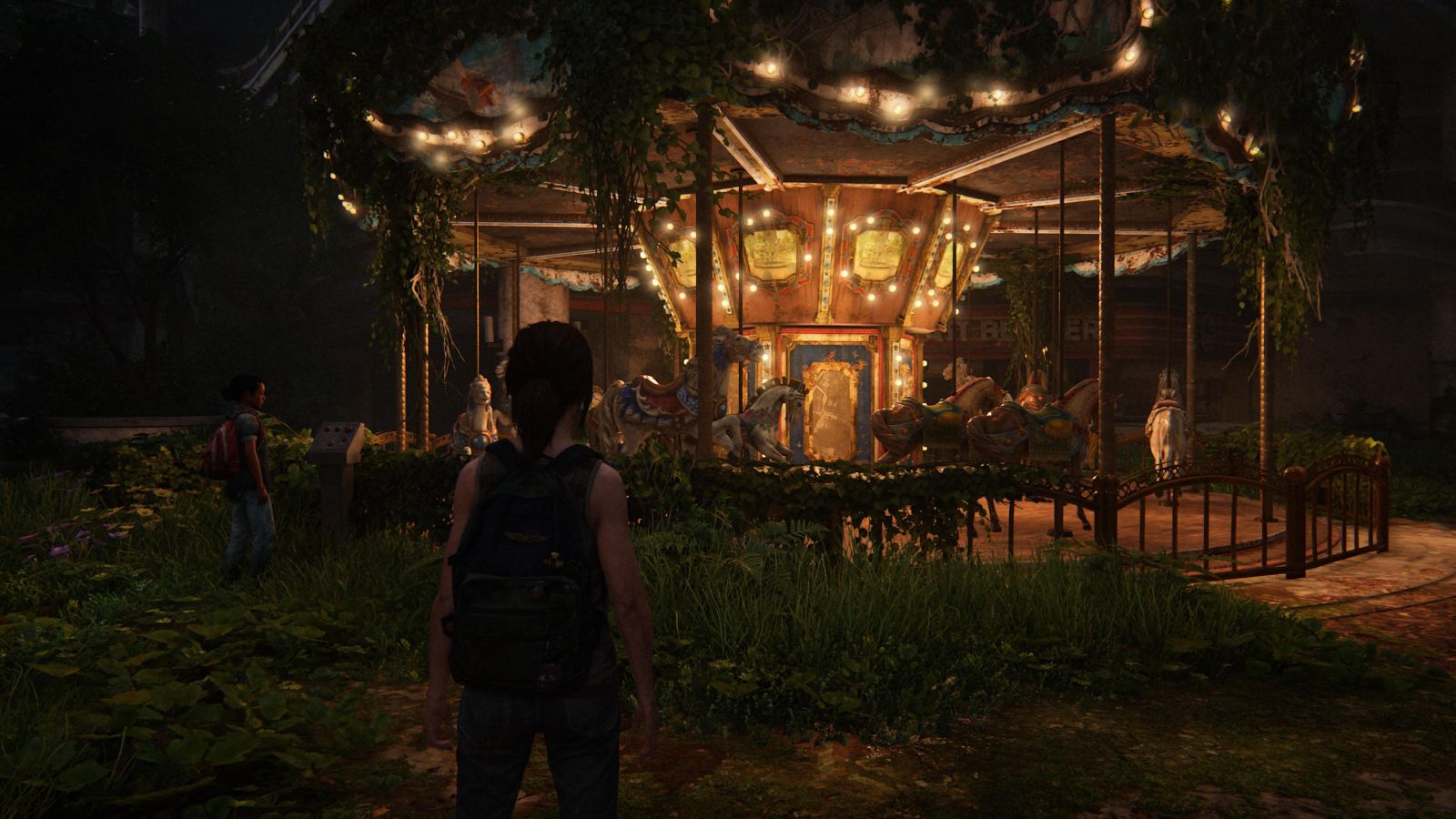
While the unlockables are nice, most – aside from the modifiers – serve mainly as fluff. While fun to unlock and mess with for a few, most don’t actively contribute to the gameplay. Ellie and Joel have a variety of cosmetics to unlock, including outfits, backpacks, and gun skins with Ellie having a far more diverse roster of unlockables than Joel, who sticks mainly with new flannel shirts. Ellie can sport outfits ranging from what looks to be Uma Thurman’s yellow jumpsuit from Kill Bill to t-shirts with many of Naughty Dog and Sony’s major IPs on them. Additionally, there are around 30 graphical filters to obtain, which can be toggled on and off at will during gameplay to switch up the graphical style of the game. A few of the available filters include 8-bit, noir, watercolor, headache, and pop poster. While neat to check out for a few, the graphical filters serve more as a deterrent to gameplay than anything useful – essentially, they are cool to show off, but too distracting to be used during a full playthrough.
Modifiers are the only unlockable items which actively contribute to the gameplay. Ranging from simply mirroring the world upon death to full blown cheats, modifiers are the most interesting of the unlockables. Cheats include infinite ammo, infinite crafting, one shot kills, touch of death, exploding arrows, and more. These can be toggled on and off at will and allow you to make Joel a one-man army. It is quite fun to take everything out in one hit while shooting off infinite exploding arrows and just wreaking havoc, especially after the tension of constantly having low supplies and ammo throughout the base game.
The documentary Grounded is a thorough and well-made look at the creation of The Last of Us, from the first thoughts of creating a new IP through the game’s official release. The documentary takes time to dive into every aspect of the game’s creation, including casting, the anxiety of the first playthrough, the motion capture performances, crafting the story, and more. It is a resoundingly interesting documentary and worth watching. The other short documentary and podcasts are nice additions as well, providing a bit further depth to the items discussed in Grounded.
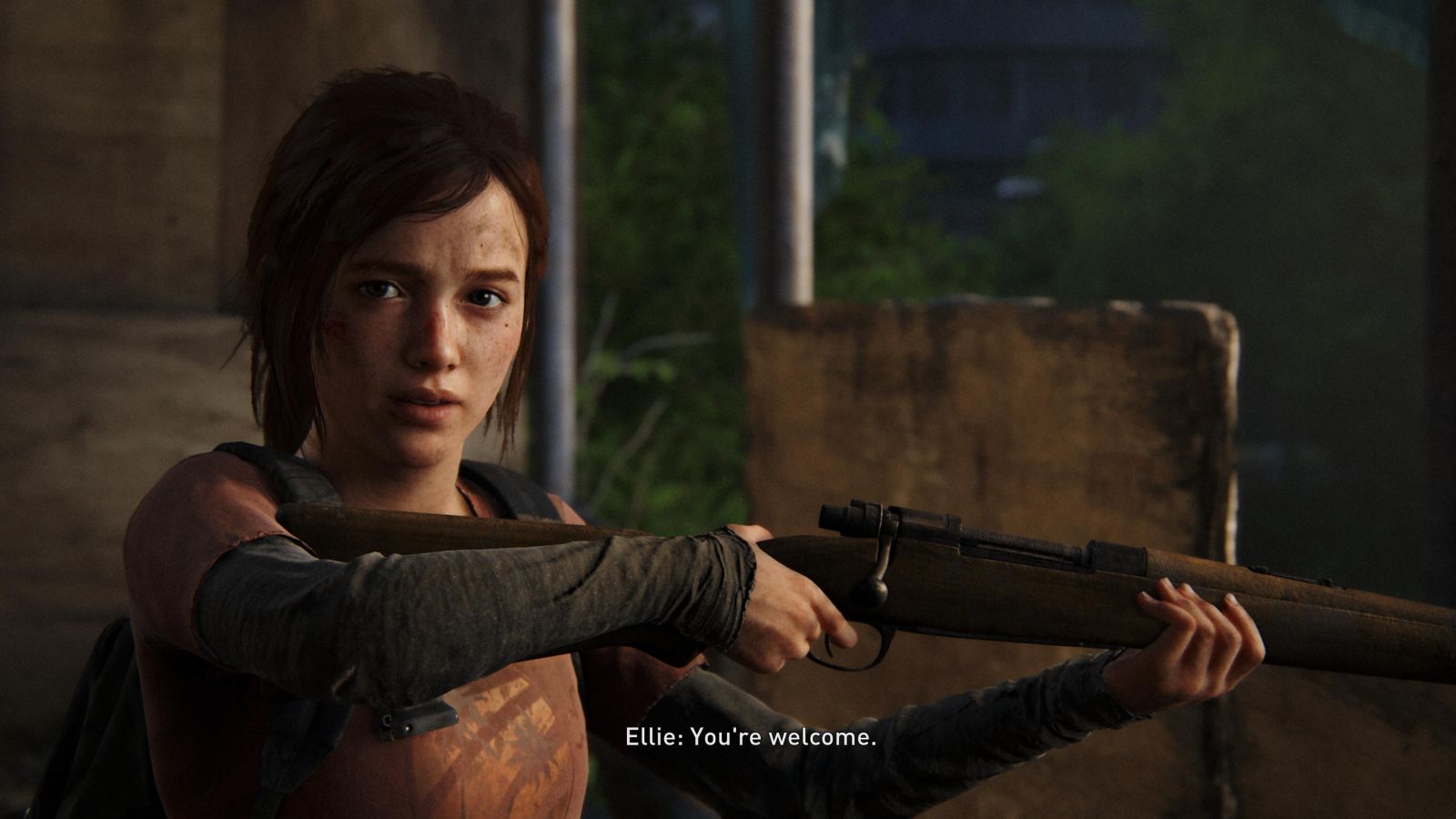
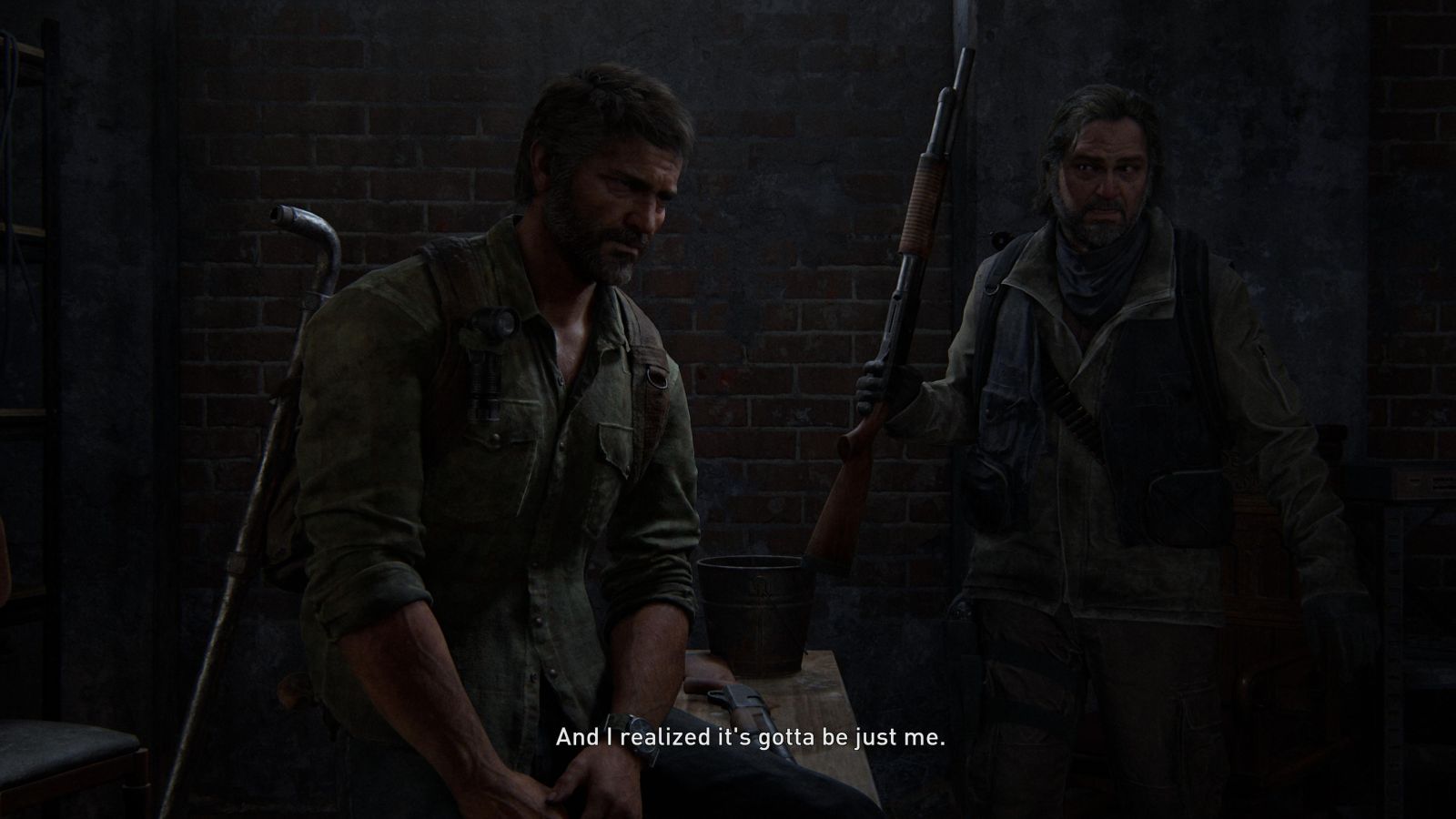
As you progress through the game, you are given the ability to replay any chapter or enemy encounter that you’ve already experienced, or to just re-watch any cutscene. Replaying encounters could be especially useful for those hoping to complete a successful permadeath run, as this mode offers an easy way to practice new approaches and determine the most efficient way to tackle a situation while using a minimal number of supplies.
While the accessibility options and special features are nice, in the end it is still hard to ignore the fact that at this point we are getting into a remaster of a remaster, and no matter how incredible the base game is the technical prowess involved, with each release it becomes more difficult to recommend a purchase to players that have already experienced the story as by now this is essentially a more expensive version of the PS4 remaster which had more content, namely the superb multiplayer component. That said, I have tried my best to remove my own biases from this review and judge this release on its own merits, not by what I expected.
The Last Of Us Part I
Great
As a game, The Last of Us: Part 1 still deserves a high score after all these years, but I give that score hesitantly, as I am acutely aware that previous releases offer more content and that this release was not created for those who have already played through and enjoyed the game in the past, but rather to welcome in new players or for those who wish to harness the full power of their PS5. While this is the most technically impressive version of The Last of Us that we will likely ever get, it is anchored down by its previous releases, while simultaneously missing important components those versions had, namely the superb multiplayer. Despite some interesting bonus features, new cosmetic items, vastly improved AI, and a few quality-of-life changes, there may not be enough here to justify the purchase for anybody except newcomers. That said, the impressively robust suite of accessibility options is a welcome addition worthy of praise and will hopefully provide an opportunity for a new generation of fans to experience this story.
Pros
- Incredible graphical upgrade
- Impressive accessibility options
- Improved AI leads to more interesting encounters
- Compelling narrative, especially if it’s your first time
Cons
- No real changes to gameplay aside from AI tweaks
- The price tag may deter players from returning
- Multiplayer cut from this release
